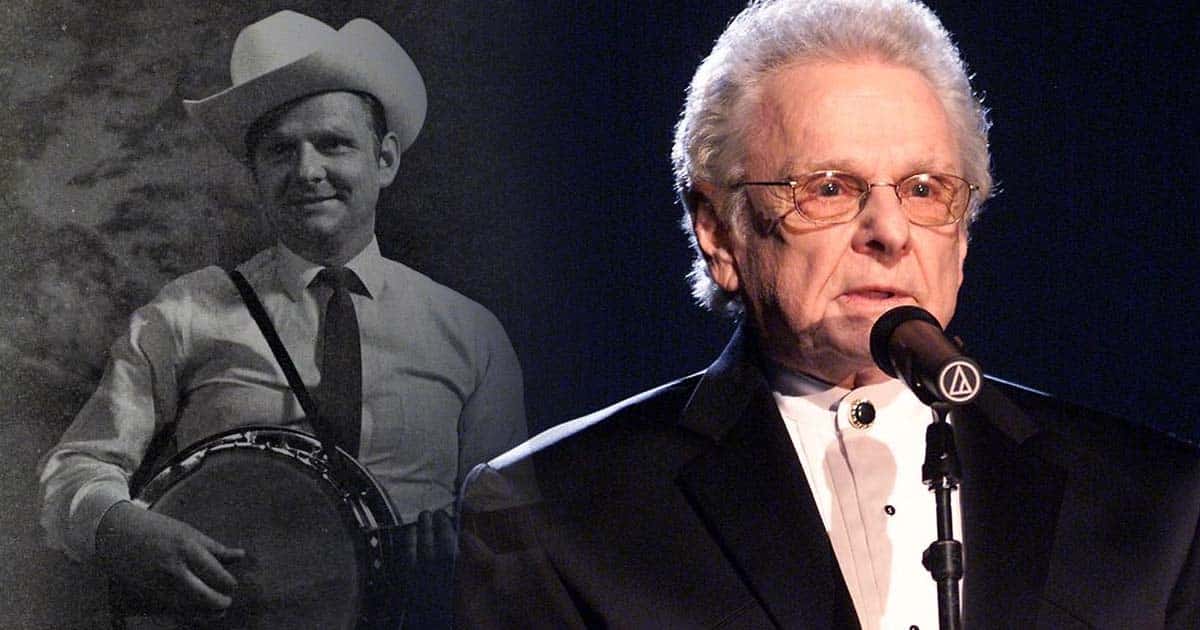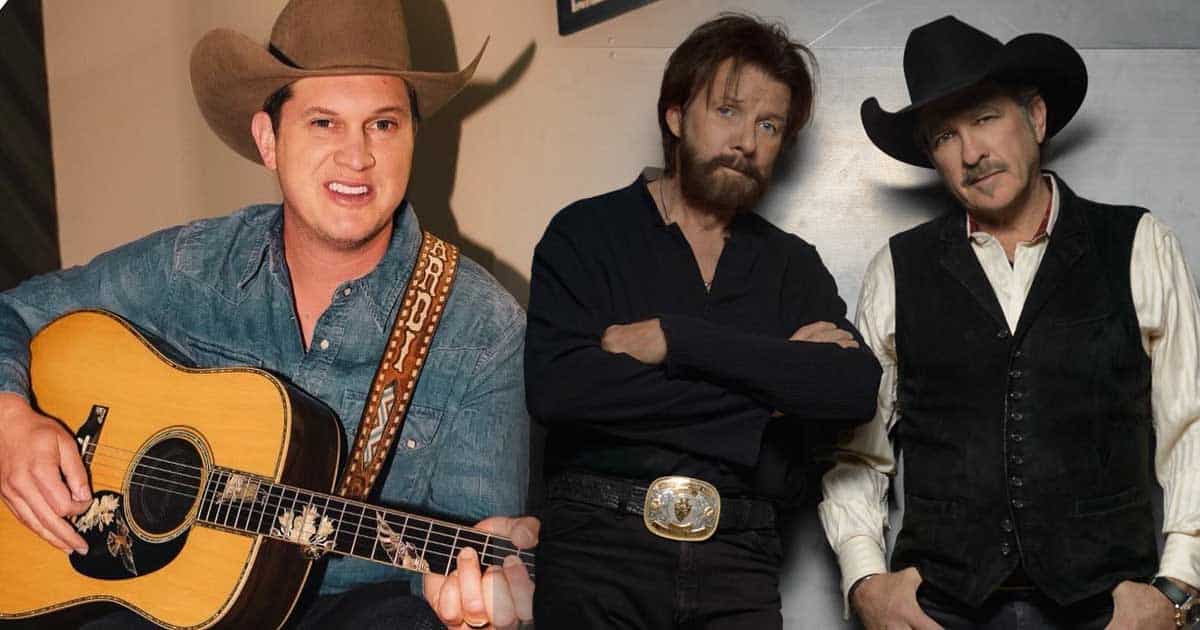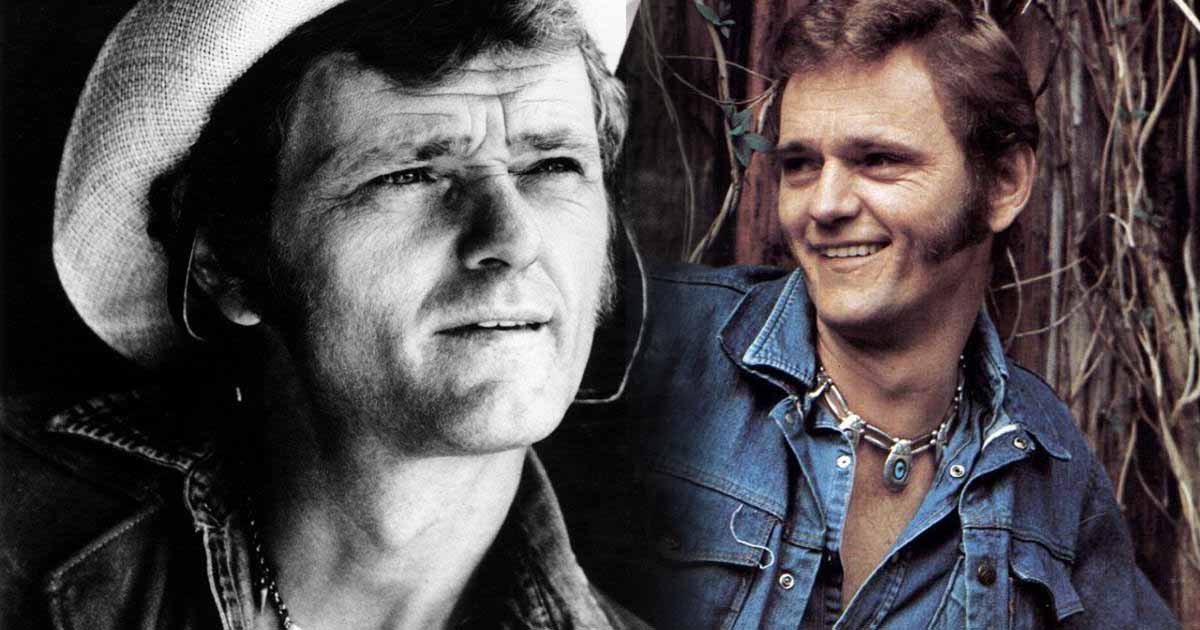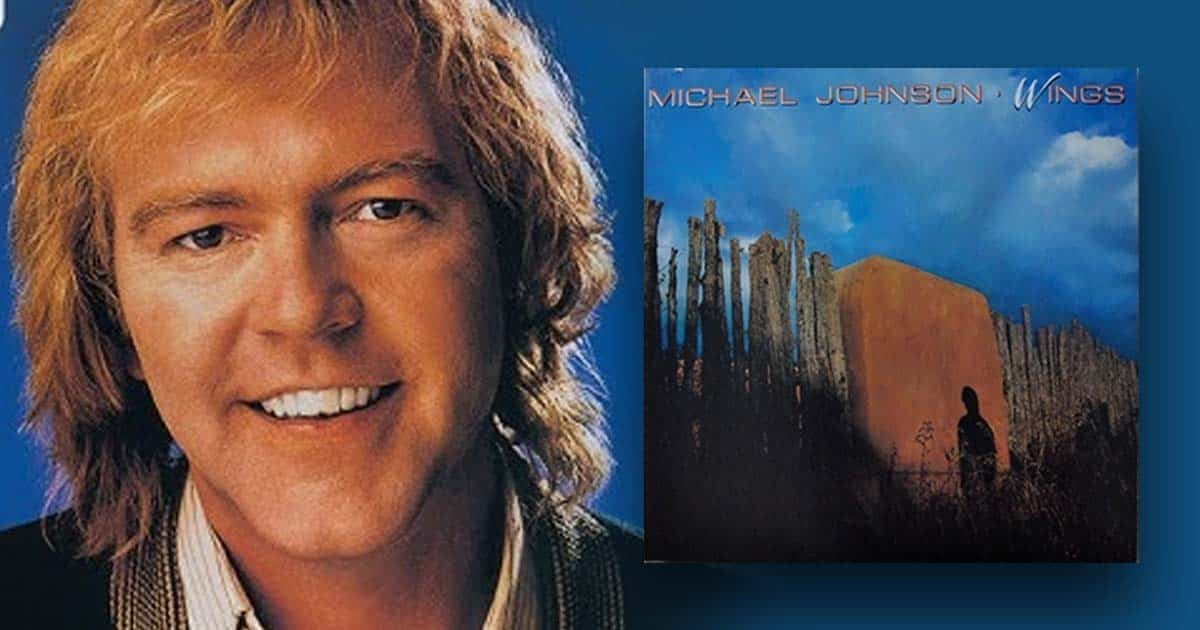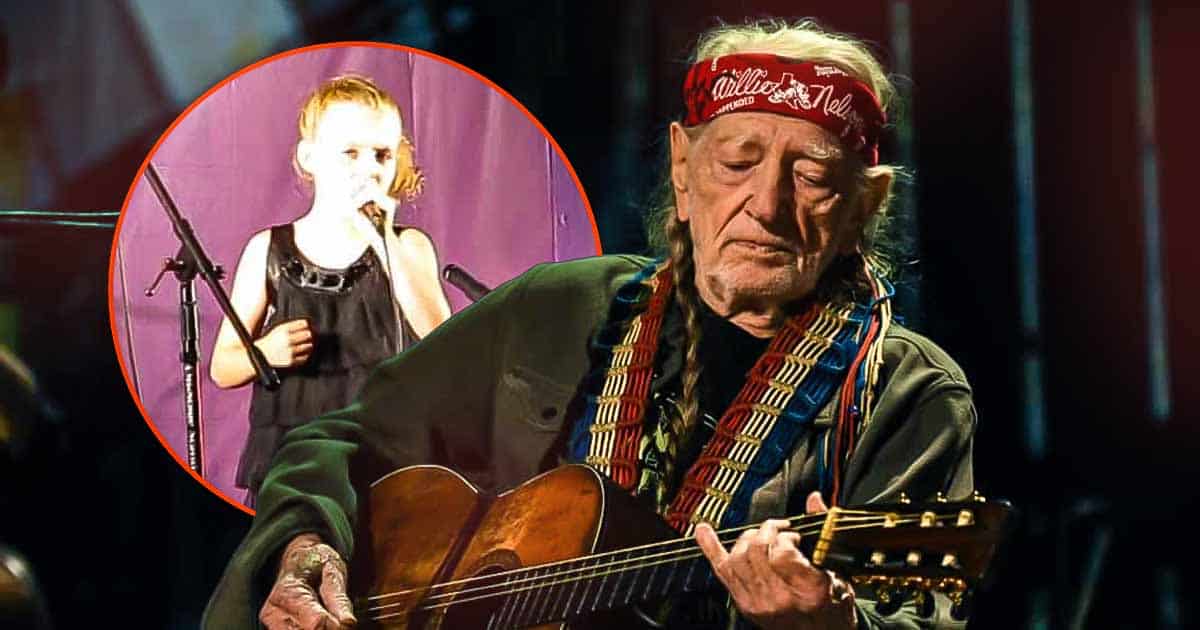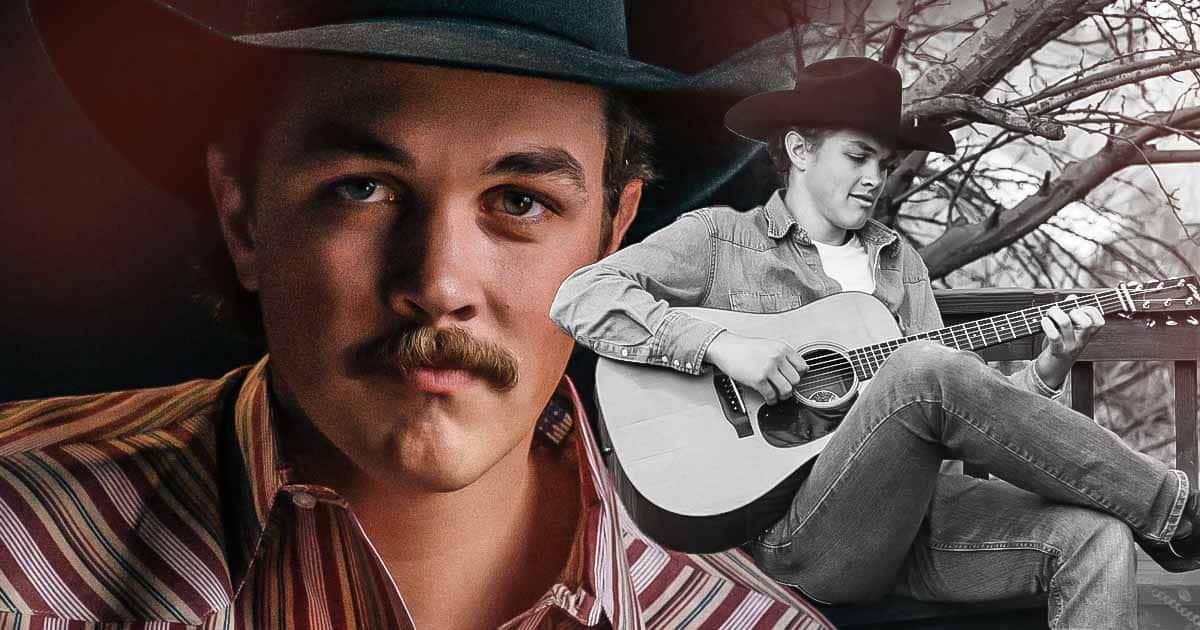The iconic banjo player and vocalist Ralph Stanley is one of the greatest bluegrass musicians to grace the stage. He’s credited for developing bluegrass music in the 1940s and 50s, and his influence is seen in many of today’s bluegrass artists.
Born into a musical family in rural Southwest Virginia, Stanley grew up listening to the traditional American folk music group Carter Family on the radio. His biggest musical influence as a child was his parents. Stanley’s father would often sing old songs such as “Man of Constant Sorrow” at home while his mother would play the claw-hammer banjo – and it was her that picked Stanley’s interest to play the instrument.
The Start of Being a Staple In The Bluegrass Community
Ralph Stanley’s first musical gigs were at the Primitive Baptist Universalist church, where he would sing hymns in the minor-key style. After serving in the military during World War II, Stanley formed the Clinch Mountain Boys with his older brother Carter, which would, later on, become one of the most respected outfits in bluegrass.
The duo were regulars on WCYB Bristol’s Farm and Fun Time until they successfully made a place for themselves in the music industry. Unfortunately, after a steady decline in health, Carter died in 1966. He was only 41 years old.
With a heavy heart and much consideration, Stanley continued what he and his older brother had started. Their melancholic melodies already stood out from the many bluegrass bands at that time, but Stanley expanded this foundation even more – bringing his own high lonesome vocals to another level.
He persevered and rode waves of popularity in the folk revival of the ’60s and the bluegrass festival scene in the ’70s. In 2000, Stanley played an important role in a modern-day bluegrass revival with his rendition of “O Brother, Where Art Thou?” – which earned him his biggest sale.
In 2016, Stanley died at the age of 89 at his home in Virginia after a battle with cancer.

